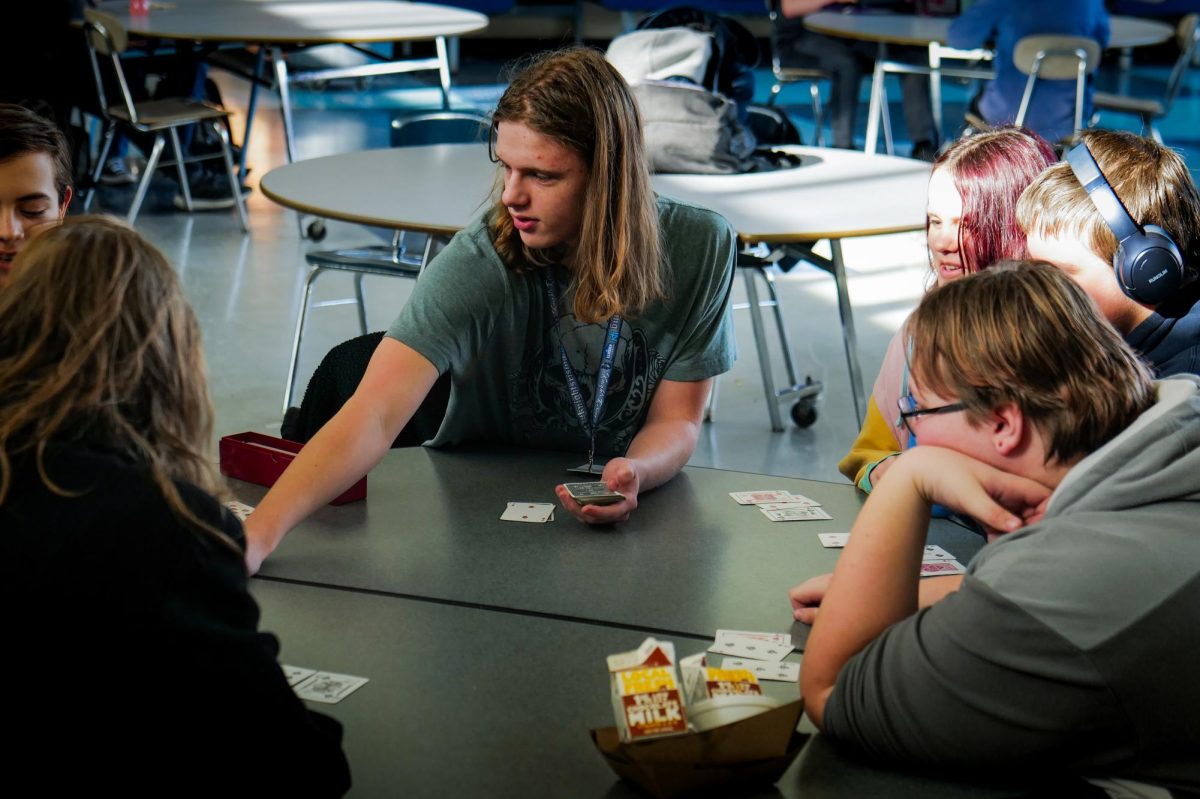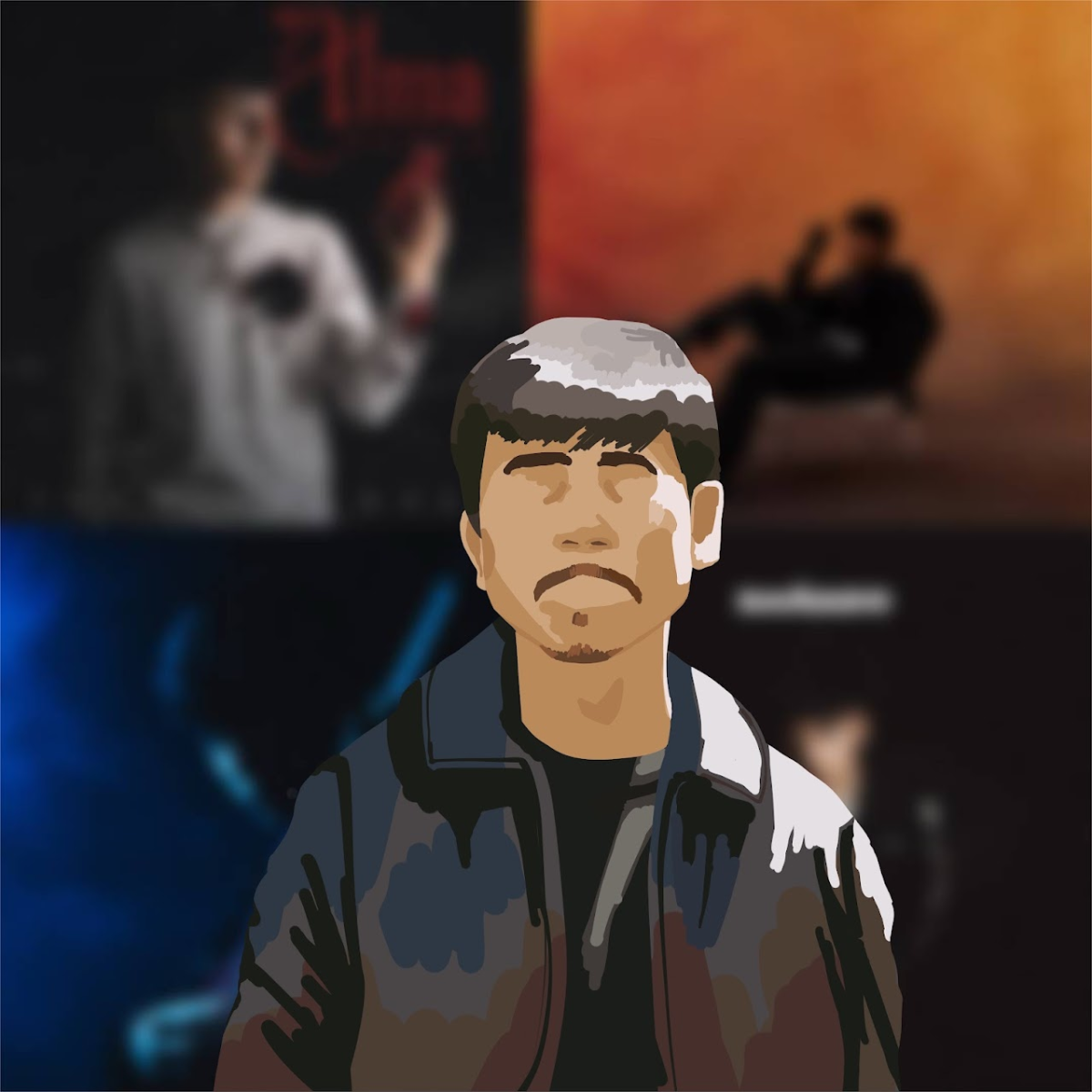As the animation landscape shifts in the presence of studio restructuring and the stylized renaissance sweeping over major studios, “The Wild Robot” is the end of an era as the last Dreamworks film produced in-house, according to Cartoon Brew.
When the film adaptation was revealed in 2023, expectations were high, especially considering the critical success of the last majorly stylized film by the studio the previous year, “Puss in Boots: The Last Wish.”
“The Wild Robot” follows Roz, an all-purpose Universal Dynamics robot lost during a storm. She must adapt to surviving on a remote island while learning to ‘overwrite her programming,’ growing to love and protect the animal inhabitants. The film is largely enjoyable, although it has a few major flaws that hold it back from its potential.
I have a soft spot for stories about robots pursuing their humanity, and that core aspect of the film works wonders. The relationship between Roz and Brightbill, a gosling chick Roz is tasked with raising, feels natural, if not slightly cliche, and Brightbill’s mimicry of his robotic mother is charming. However, the themes of motherhood and growth could’ve been shown more than told, as they are stated verbally more than they likely should’ve been.
One big flaw with the film is its pacing. While the opening scenes are given the time needed to flow well, they start to crumple a little while after Brightbill’s introduction. The speed of scenes enters a strangely breakneck pace, with Brightbill’s arc being reduced to a time skip.
All of the characters are not given enough screen time for the audience to really see them grow, making it feel almost like they were replaced with a completely different, older character, which directly harms the emotional scenes to happen next. Even with a slight runtime increase, the film would have had more space to develop an emotional connection between the characters, and, more importantly, the audience.
The original book series was split into a trilogy, with the first two books being adapted for the film. If the series was split into a film trilogy, with enough time to follow Brightbill’s growth, it would be a more coherent and enjoyable story that would stand up to the legacy of the Dreamworks’ film library.
Despite these flaws, the animation and art direction are areas without any major problems. The untouched island’s painterly landscape is breathtaking, perfectly showcasing the beauty, harshness and life of raw nature. Additionally, the stark white shell of Roz slowly being damaged and overtaken by the greenery of the island is a lovely detail, especially once Roz is visually compared to other factory new robots. If there’s anything to take away from this film, it’s the artistic beauty.
Furthermore, the film’s antagonist, Vontra, is an important addition despite their limited screen time, only appearing during the final act. The cheery and bright voice with the cold and heartless personality contrasts Roz’s growth, which makes Vontra a great antithesis to the message of the story. The danger they pose to the island’s inhabitants adds depth to the conflict. Even Vontra’s first encounter with Roz and the animals shows the sheer lengths Universal Dynamics is willing to go to, as the interaction ends with almost the entire forest destroyed.
Vontra’s ending line ‘we will just keep coming back’ represents the entire conflict well: Roz wants to continue living with the animals on the island, but the longer she stays there, the more Universal Dynamics will destroy the life living there. This single entity attempting to stand against a worldwide corporation is powerful, although, predictably, Roz loses the battle in the end. She accepts her fate and turns herself in, retaining the memory of the inhabitants in their heart, rather than their memory.
Still, the film does such a great job of connecting audiences to Roz that the ending still comes as a shock. Even if this is just two-thirds of what this series has to offer, what this film has on its own is still striking. I’m looking forward to seeing what the future holds for this series, even if the same studio doesn’t produce it. Despite a younger target audience than other Dreamworks movies, anyone should gather at least a fair bit of enjoyment from this film.









